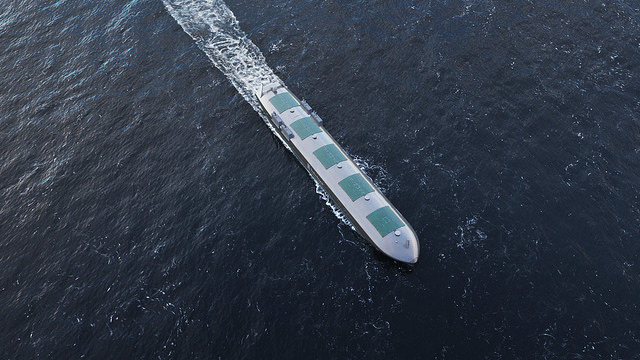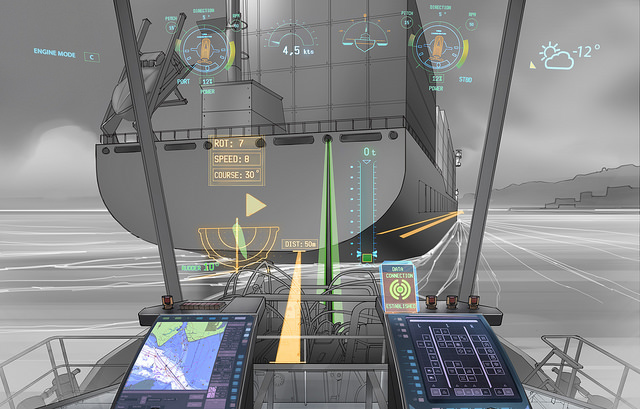Rolls-Royce working on remote-controlled cargo ships
When we think of Rolls-Royce, we typically think of the company that engineers, manufactures and distributes luxury automobiles and automobile parts worldwide, and has been since 1904.
But the luxury car company has something a little more futuristic up its sleeve.

The Rolls-Royce led Advanced Autonomous Waterborne Applications Initiative (AAWA) recently announced that it is working to make remote and autonomous shipping a reality.
“This is happening. It’s not if, it’s when. The technologies needed to make remote and autonomous ships a reality exist,” said Oskar Levander, Rolls-Royce, Vice President of Innovation. “The AAWA project is testing sensor arrays in a range of operating and climatic conditions in Finland and has created a simulated autonomous ship control system which allows the behavior of the complete communication system to be explored. We will see a remote controlled ship in commercial use by the end of the decade.”
While a completely autonomous fleet of ships is not set to happen in the near future, the company does have short-term goals that will lead it to its overall vision, automating operations and navigation, allowing crew to concentrate on more valuable tasks.

The AAWA recently published a whitepaper that outlines the research carried out to-date on the business case for autonomous applications, along with all of the the safety and security implications of designing and operating remotely operated ships. The company has also researched the legal and restrictions a supplier network would have to conform to in order to deliver commercially applicable products in the short to medium term.
“The increased level of safety on-board will be provided by additional systems. Our future solutions will reduce need for human-machine interaction by automating selected tasks and processes, whilst keeping the human at the center of critical decision making and on-board expertise. In the longer term, our efforts in remote and autonomous operations will pave the way to autonomous ships.”
Currently, Rolls Royce is testing a variety of sensor arrays aboard the Finferries 65-meter double-ended ferry.

Comments are closed, but trackbacks and pingbacks are open.